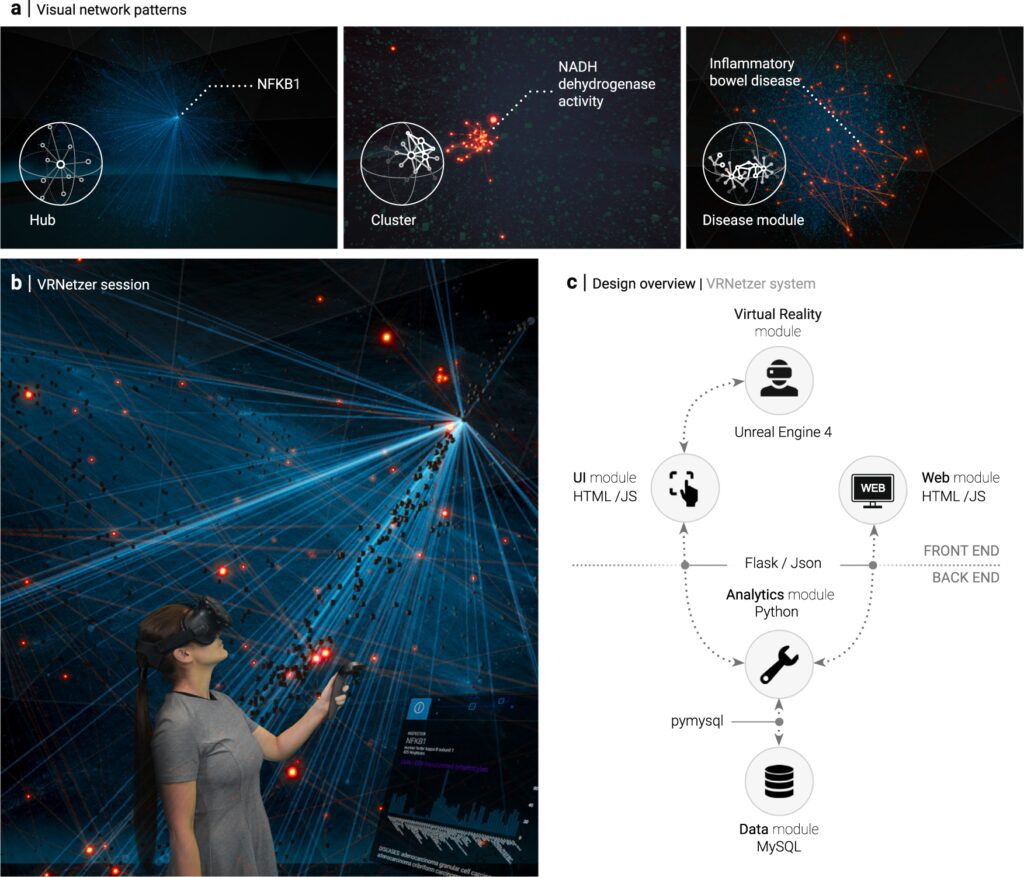Virtual reality (VR) technology has enabled game developers to create immersive gaming experiences. Using tools such as Unity 3D, Unreal Engine 4, Blender, and 3D modeling software, developers build realistic environments and interactions. Techniques, such as head and hand tracking, teleportation, 3D audio and gesture recognition, are key to creating a convincing VR environment that transports players into lifelike worlds. These technologies complement one another to offer players an unforgettable and natural in-game experience.
Virtual Reality in Game Development: An Overview of Tools and Techniques
Introduction
Virtual Reality (VR) technology has made it possible for game developers to create immersive gaming experiences that transport players into lifelike worlds. With the right tools and techniques, game developers can create VR games that put players at the center of the action and allow them to interact with environments like never before. In this article, we will take a look at the different tools and techniques that are used in virtual reality game development.
Tools Used in VR Game Development
Unity 3D
Unity 3D is a popular game development engine that is widely used for creating virtual reality games. This engine comes with a range of VR-specific tools and plugins that make it easy for developers to build immersive 3D environments and create realistic interactions. Some of the popular VR plugins that are available for Unity 3D include Oculus Integration, SteamVR Plugin, and VRTK (Virtual Reality Toolkit).
Unreal Engine 4
Unreal Engine 4 (UE4) is another game development engine that is used for creating VR games. This engine is known for its high-quality graphics and advanced physics engine, which make it ideal for developing VR games that require realistic physics and interactions. UE4 comes with a range of tools and plugins that are specifically designed for VR game development, such as SteamVR, Oculus SDK, and Google VR.
Blender
Blender is a powerful 3D graphics software that is often used in virtual reality game development. Game developers can use Blender to create 3D objects, characters, and environments that can be imported into game engines like Unity 3D and Unreal Engine 4. Blender is also useful for texturing, lighting, and rigging 3D models, which is essential for creating lifelike VR environments.
3D Modeling Software
Apart from Blender, there are several other 3D modeling software that are commonly used in VR game development, such as Maya, 3DS Max, and Cinema 4D. These software allow game developers to create 3D models, textures, and animations that can be used in VR game development.
Techniques Used in VR Game Development
Head and Hand Tracking
One of the most important techniques used in virtual reality game development is head and hand tracking. This involves using sensors and cameras to track the movements of the player’s head and hands, which are then translated into movements within the game. Head tracking is essential for creating immersive VR environments, as it allows players to look around and interact with the game world naturally.
Teleportation
Teleportation is another technique that is commonly used in VR game development. This involves allowing players to move around the game world by teleporting to different locations. This technique is useful for reducing motion sickness and creating a more comfortable VR experience.
3D Audio
3D audio is essential for creating a realistic VR environment. This technique involves using surround sound or binaural audio to create a sense of depth and directionality in the game’s audio. This allows players to hear sounds coming from specific directions, which can be used to enhance the game’s immersive qualities.
Gesture Recognition
Gesture recognition is the process of interpreting gestures made by the player’s hands or body. This technique is useful for creating more natural interactions within the game world. For example, players can use hand gestures to pick up objects or move them around the game world.
Conclusion
Virtual reality technology has opened up new possibilities for game developers, allowing them to create lifelike environments and immersive gaming experiences. With the right tools and techniques, game developers can create VR games that transport players into breathtaking worlds and allow them to interact with environments like never before. By utilizing tools like Unity 3D, Unreal Engine 4, Blender, and 3D modeling software, and techniques like head and hand tracking, teleportation, 3D audio, and gesture recognition, game developers can create VR games that are truly unforgettable.
